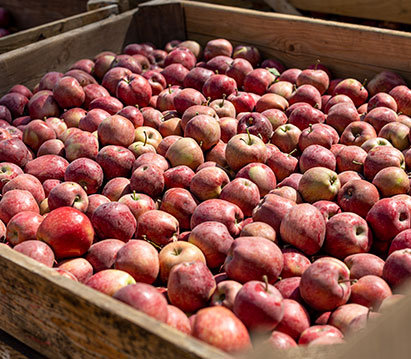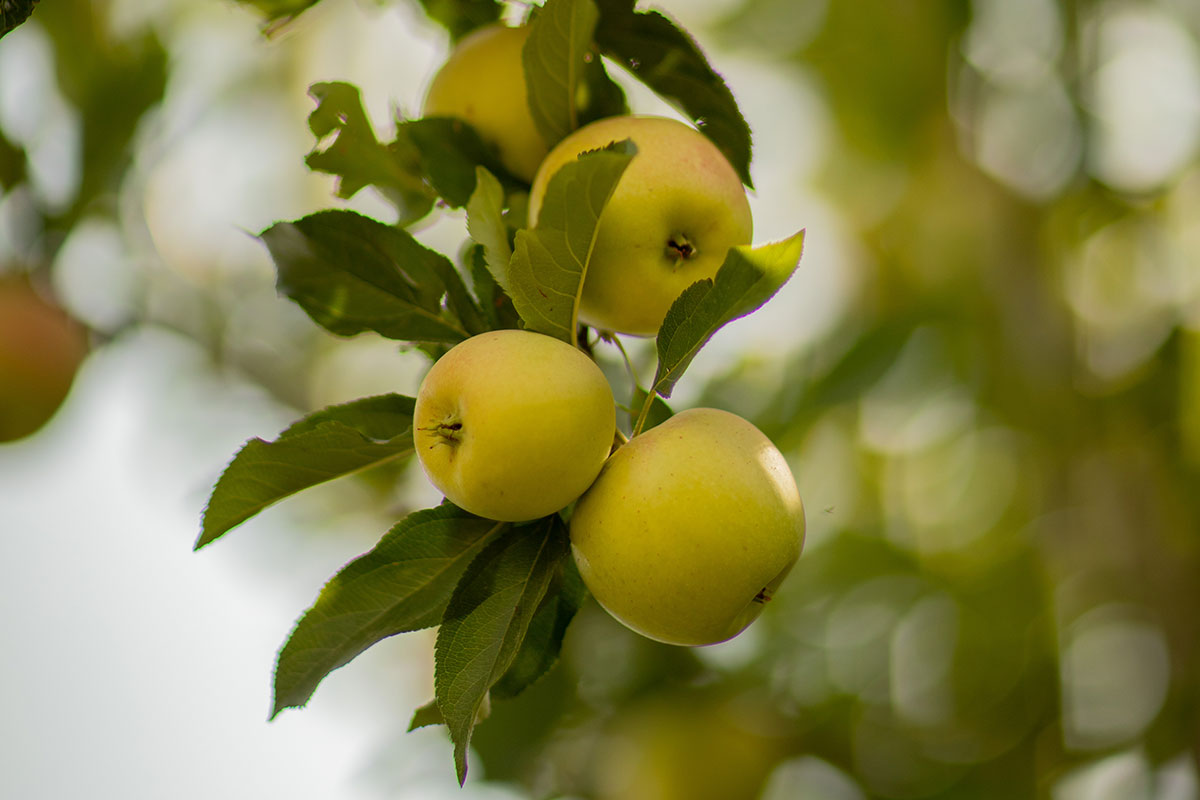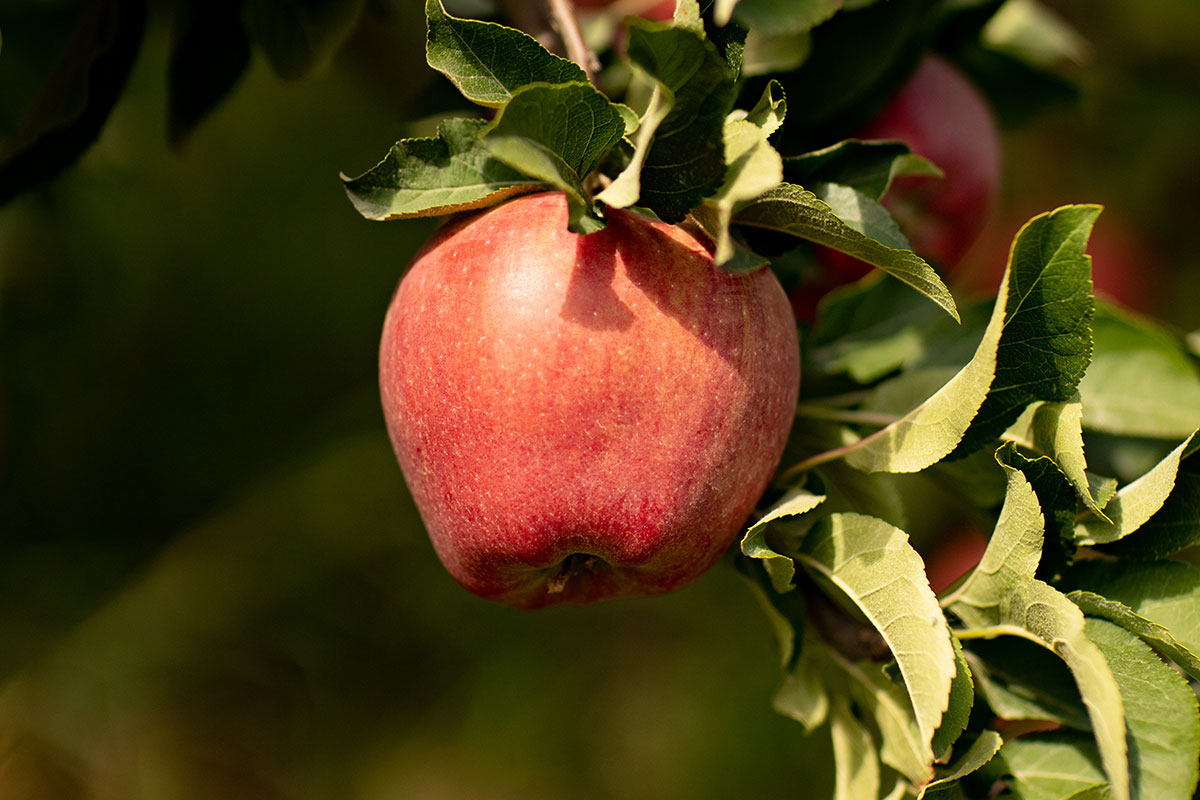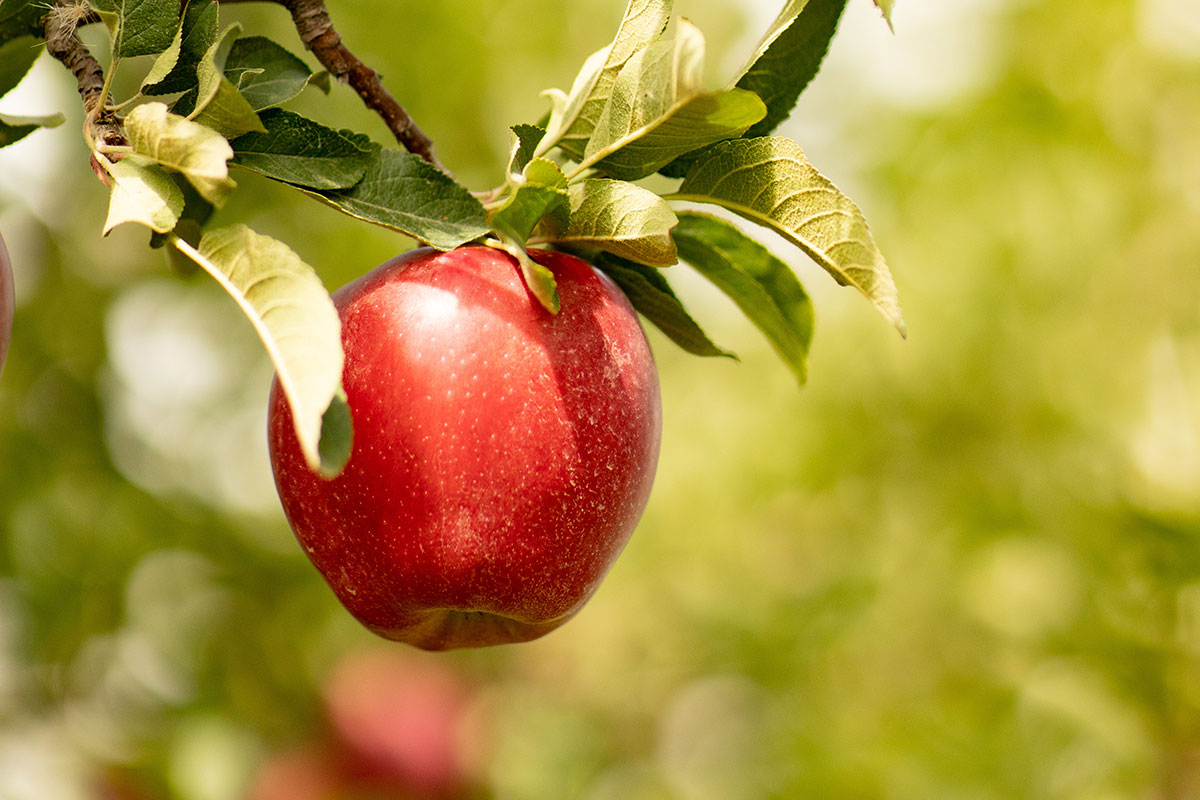The Sieversii apple tree is the ancestor of all apple trees, according to DNA research by scientists at Oxford University (UK).
The apple tree was named Malus Sieversii after the St. Petersburg botanist Johann Sievers, who was the first to describe the apple tree during an expedition to Central Asia in 1792-1794. He wrote in his notes that found apple trees in the Tarbagatai mountains with deep roots, drought- and frost-resistant, with an unusual life expectancy for the species.
Aimak Dzhangaliyev lived and worked quietly, although he was a great scientist. By this reason, few people know that he discovered to the world the ancestor of all apples on earth – the wild Sieversii apple tree, preserved its gene pool, created dozens of varieties of fruits that still bear fruit.
Assumptions that the Sieversii apple tree may be the ancestor of almost all modern varieties of apples appeared more than once since its discovery. However, this was seriously discussed only in the early 1930s, at the instigation of Nikolai Ivanovich Vavilov, the most famous biologist and creator of the doctrine of the centers of origin of cultivated plants. In Kazakhstan, the homeland of the tree, this teaching was continued by Vavilov’s mentee, Kazakh scientist Aimak Dzhangaliyev, who was engaged in the cultivation and preservation of the Sieversii apple tree until his death in 2009. Finally, modern genetic studies have confirmed the thesis that the Sieversii apple tree is the ancestor of most cultivated varieties of apple trees, and the world center of their origin is Semirechye.
Dzhangaliyev wrote a large number of scientific articles, brochures, and two major monographs of the scientist “Wild fruit plants of Kazakhstan” and “Wild apple tree of Kazakhstan”, translated into English, have become a guide to action not only for domestic but also for foreign scientists.
According to Aimak Dzhangaliyev, the Sieversii apple tree is a unique phenomenon, unequalled anywhere in the world. By the way, the famous Almaty Aport also appeared thanks to a wild apple tree, because this variety originated from the natural crossing of Sieversii and Nedzvetsky apple trees.







